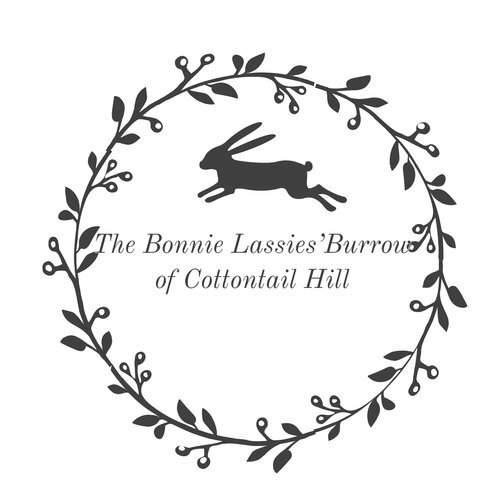Angora Rabbit Q & A
“I am looking to learn to raise and spin fiber from an animal, which breed of Angora rabbit is best for my goals?”
-The four main breeds of ARBA approved Angora are English, French, Giant, and Satin. German angoras are available in the US, but not showable with ARBA. Each type of Angora has different qualities in coat growth, yarn qualities, body type of animal, and personality.
I keep Satin angora because I like the ease of coat care and quality of coats using a commercial bodied animal. I enjoy spinning the satin fiber the most of the breeds. Satin fiber can be spun directly from the rabbit or bag of sheered wool, no processing required.
When and how to sheer Angora?
Junior rabbits get there first coat removed at 12 weeks, or 3 months. This tradition continues for the rest of their lives, every 3 months at my farm. Terms like slow growth rates, ‘holding coat’, new coat growth rings, fiber length are all part of the process of learning to grow fiber. You will not get sheering right the first time, practice makes perfect! There is a good time to sheer, and many bad times to sheer coat, learning to know your animals schedule and production qualities is part of this adventure. General rule of thumb for beginners, your rabbit should grow an inch of wool a month and sheer your rabbit every three months.
How often to groom Angora?
How often do you handle your rabbit? My rabbits are rarely groomed. Once a month at my farm, each rabbit is inspected -weighed, nails trimmed, check for mats, evaluation. Before sheering coats, I use a blower to clean the wool for processing. That is my routine, your routine will probably be different.
The coat of the rabbit is wool. Say you have a ball of raw wool in your pocket, picked fresh from the animal. By the end of a day, that fresh picked wool will be a hard little ball. That is due to friction, a bit of moisture, and all that rubbing, creating felt. Now imagine that ball in your pocket is a fluffy bunny that you hug several times a day. That bunny will turn to a mat with all the attention and love. This is why many angora folk do not recommend Angora as pets, they look cuddly but they do not function as such.
New Owner Recommendation - don’t use a comb! Use your fingers to open up any matting or skirt of the coat (the skirt is the wool around the lower part of the body)(combs can break the fiber, causing matting to actually become worse -the mat comes back with vengeance). Use scissors to keep the rabbit’s groin clean, I also trim behind ears for some buns. As you get to know your buns, get them out once a week and admire new growth and your rabbits abilities to keep their own coats groomed. Keep a notebook that tracks when each rabbit was last sheered, body weight and wool production weight. 90 days flies by, notebooks help keep you from forgetting when its time to sheer.
What tools are used to groom the angora rabbits?
Table or stand. At local rabbit shows, you can buy stands for rabbit grooming that are chest high, and have 4 short sides. They are very convenient for sheering. Link to metal grooming stand here
Rug or piece of carpet to keep rabbit from sliding.
Blower - some use shop vacs. I am a fan of blowers because I want the wool clean as possible, since it will be in my house in my lap being spun. Blowers range in price from $60 to $600. My $60 amazon blower is going strong into year three, link to sample blower here. If the link is dead, search for Dog Grooming Blower.
Friskars Pruning Snips, spring loaded dual blades. Don’t waste your time with dozens of other types of scissors - you want these. See photo, I buy them from Amazon here

